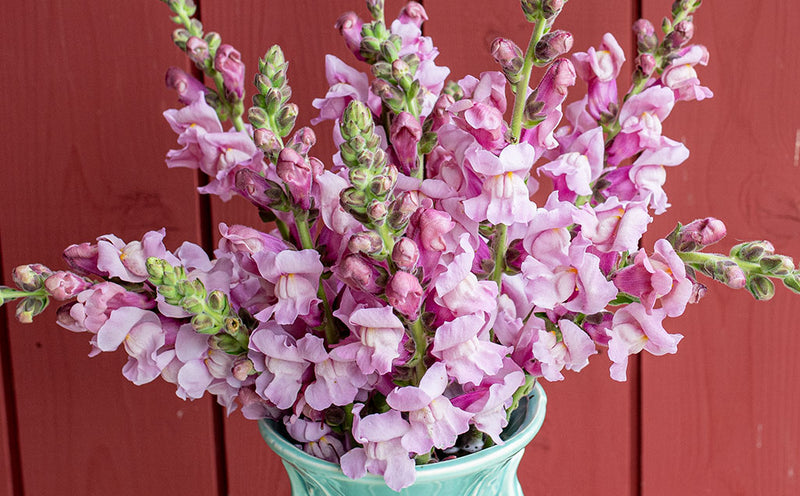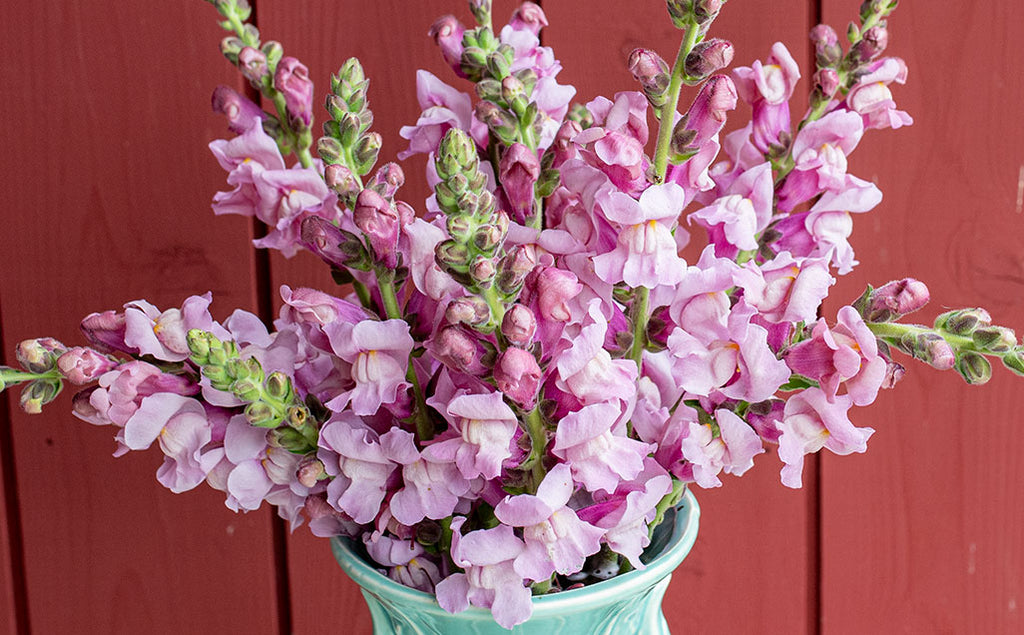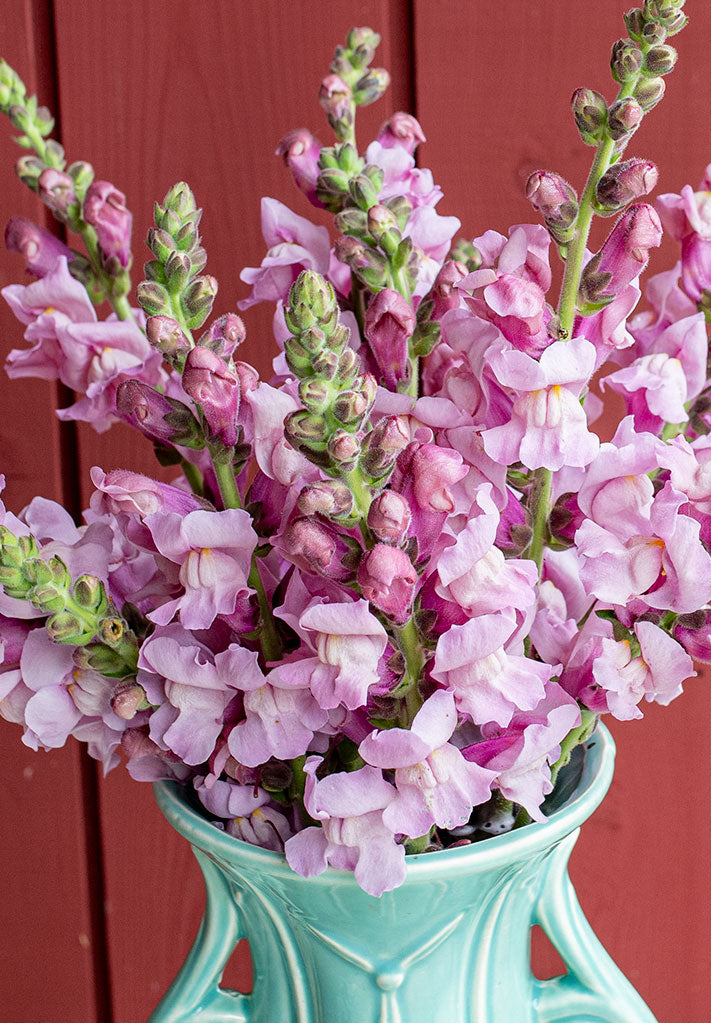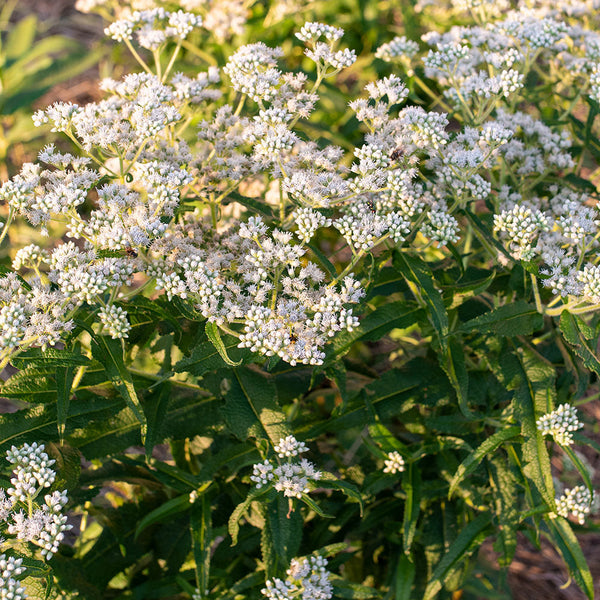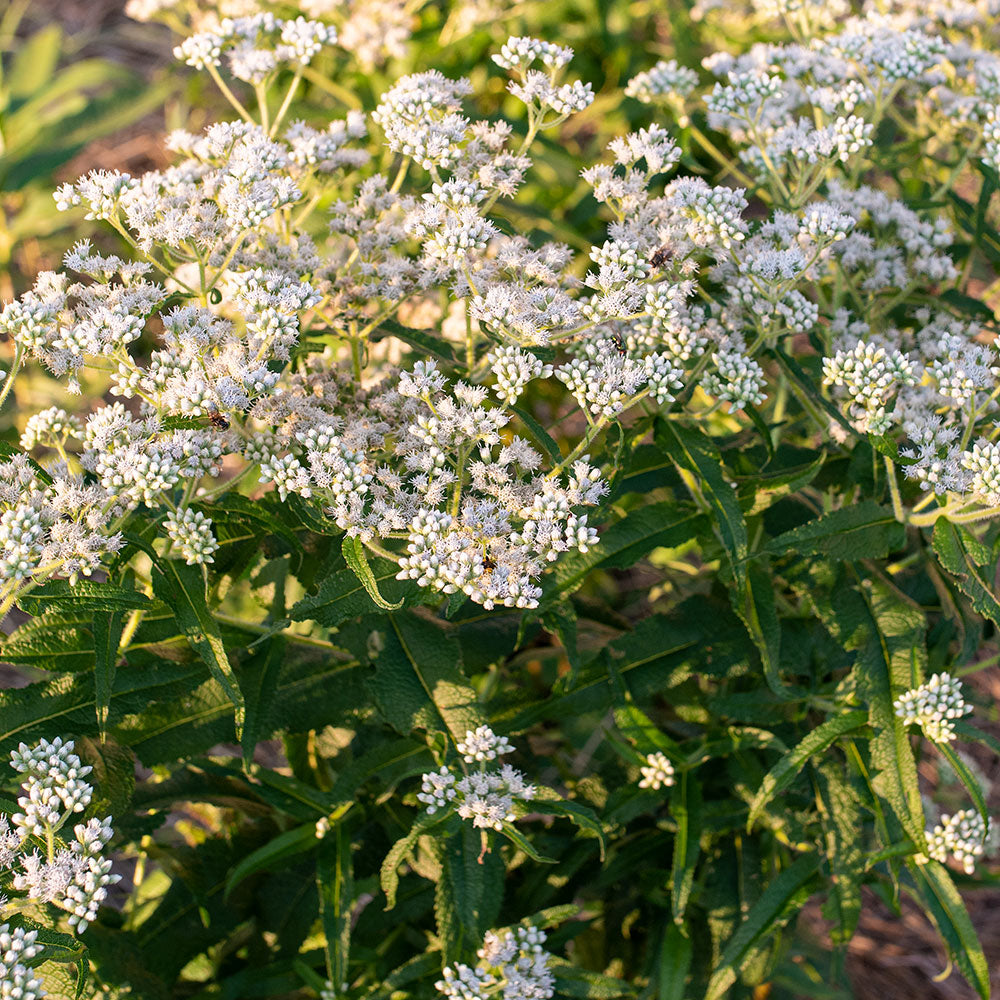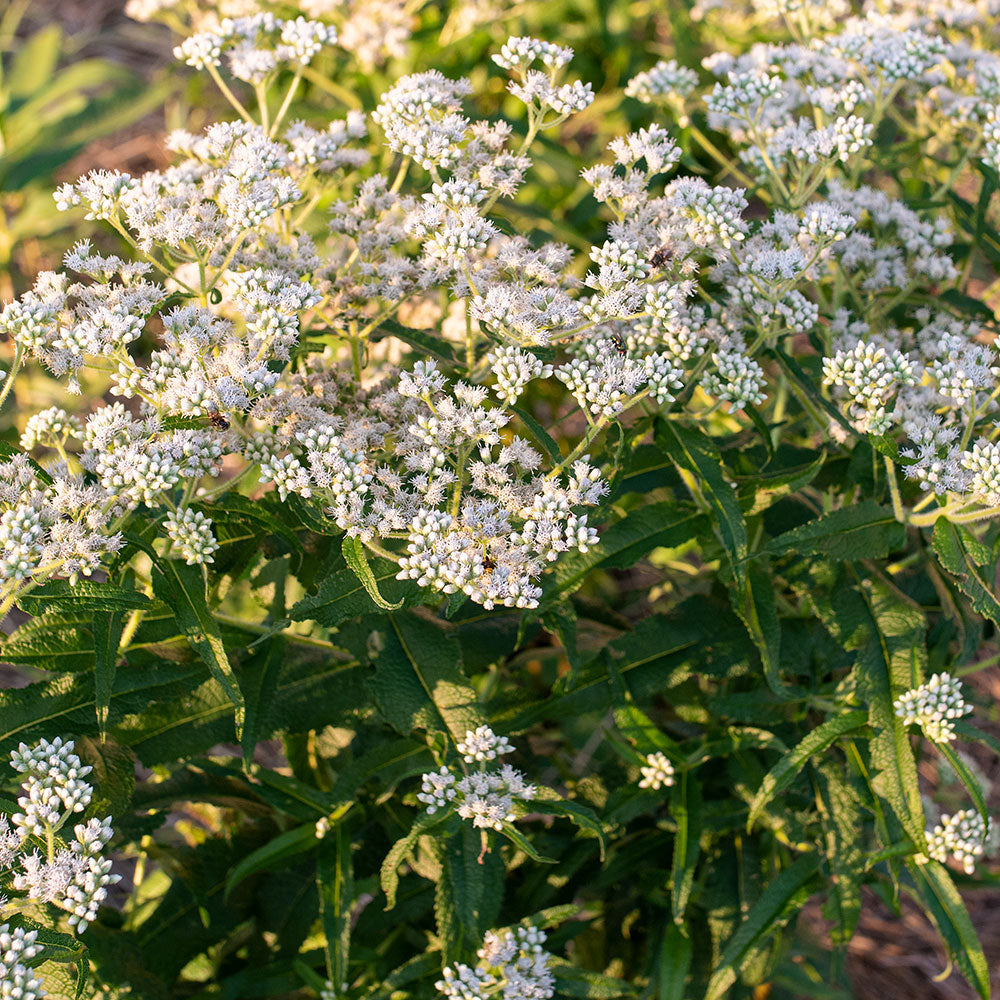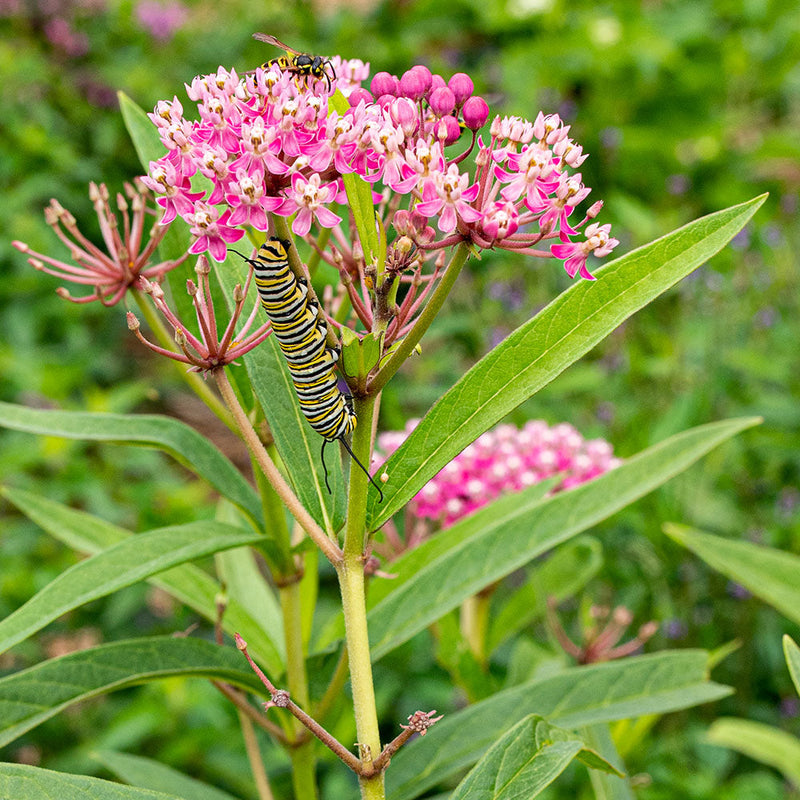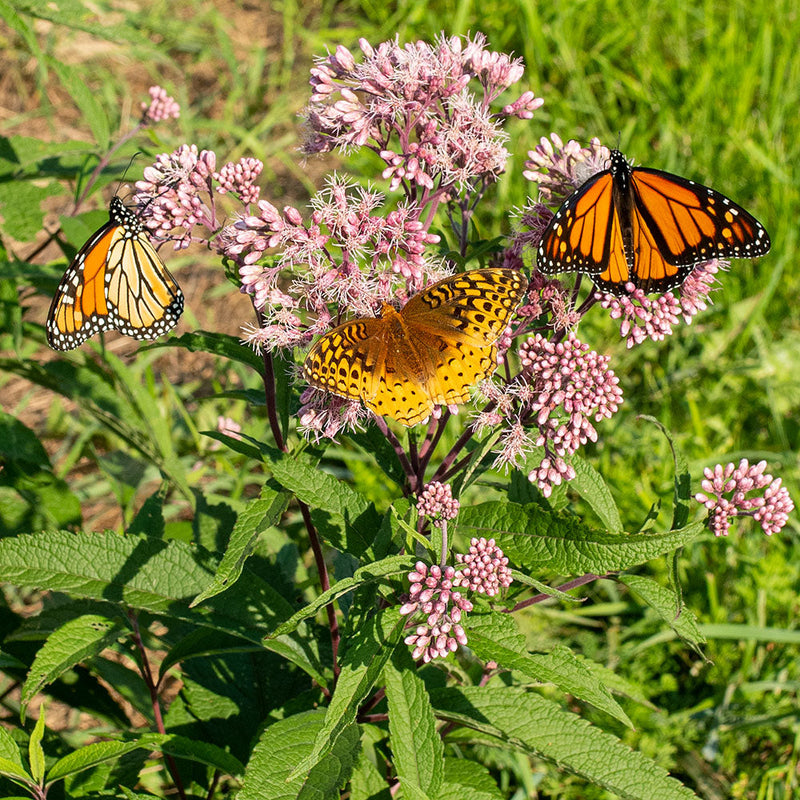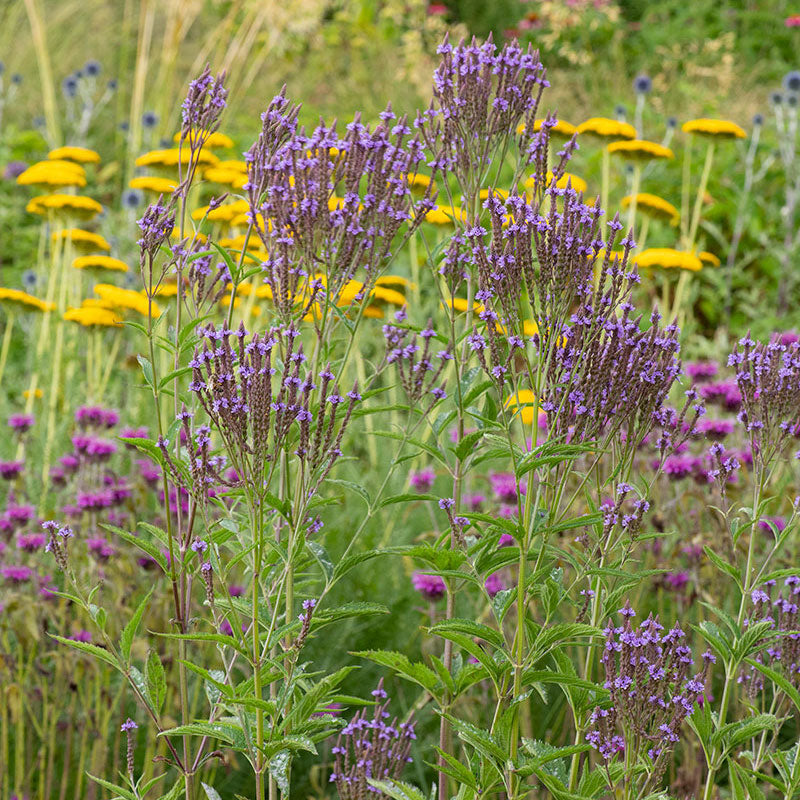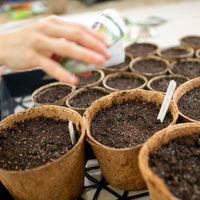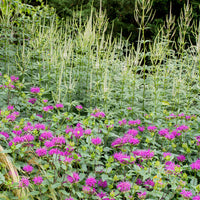Seed Packet
Boneset
Eupatorium perfoliatum
Wildflower gardens, especially wet areas and rain gardens, are the perfect home for this native perennial. The fuzzy white flowers are a bountiful feeding ground for many bees, butterflies, wasps, and beneficial insects. It also serves as a host plant for several moth species. In addition, the name boneset suggests medicinal use; and it once was used in treating break-bone fever or dengue.
SKU #S1898
Growing Companions
